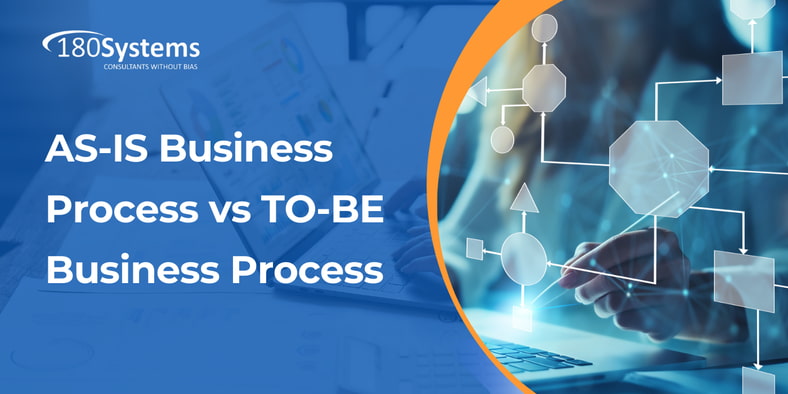AS-IS Business Process
A business process review will document the existing or AS-IS business process. The primary objective is to uncover inefficient and ineffective processes that should be eliminated. It can also be used to uncover requirements for a new system based on what is needed to fix the problems and based on what works well.
Another objective would be to understand the impact of the problems, which can lead to a business case when benefits are identified and calculated in eliminating the problems. An ideal time to do a business process review is when an organization’s existing systems need to be replaced.
TO-BE Business Process
The TO-BE business process is the design of an optimized future business process. This is required when replacing your existing system but who should do it and when?
Some consultants will want to design your TO-BE business process for you prior to the selection of a new system. We think this is a big mistake and will mostly benefit the consulting company. When selecting a new system, you are also selecting an implementer who should have already implemented systems for similar companies. In fact, you should be selecting the implementer based on their industry expertise and ability to optimize your business process. Why invest in the design of the future state when the implementer has already done it? It may need some tweaking, but you don’t need to start from scratch.
Another question is whether time should be spent by the implementer reviewing the AS-IS business process when it’s going to be replaced. The only reason to understand the current state is to flag processes where there are big changes and potential for resistance from employees.
Use of AS-IS When Designing TO-BE
A question that we have heard from ERP implementers is whether time should be spent reviewing the AS-IS business process when it’s going to be replaced. The only reason to understand the current state is to flag processes where there are big changes and potential for resistance from employees.
